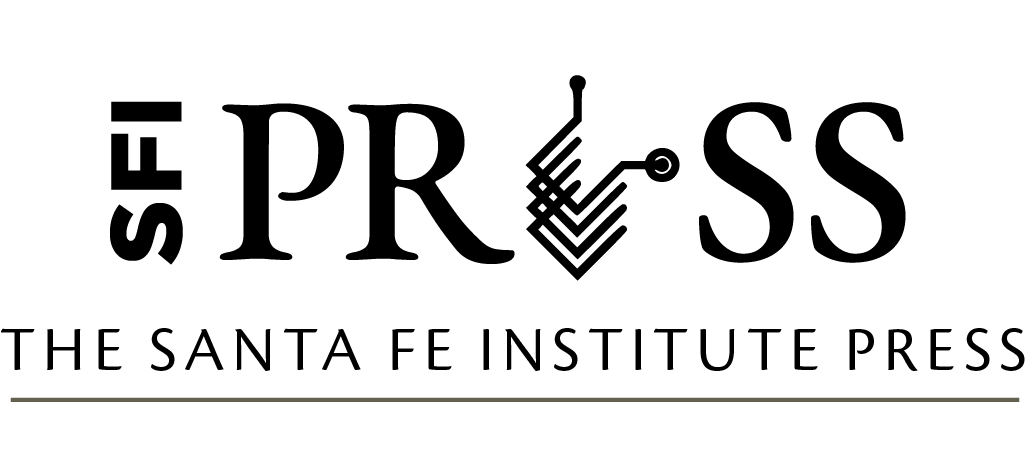Emerging Syntheses in Science pp. 347-353
DOI:
Chapter 21: Linguistics and Computing
Author: M. P. Schützenberger
Excerpt
The disciplines of linguistics and computer science hold in common the distinction of having to reason, at almost every step, on both symbols and the meaning of these symbols. That is to say, they have to stay as close as possible to the rigorously formalistic sciences and at the same time coast along the unfathomable abyss where thought is in danger of getting lost in examination of the meaning of reality and in discussion of intent.
Thus, from the first, computer science has had to face language problems, either within itself in the establishment of codes that allow communication with the machine, or in its translations into computer language or the classification of data. One of the most popular activities in the world of computing today has become the elaboration of the word-processing programs that are gradually replacing our secretaries.
I intend here first to sketch briefly a few historical landmarks in the development of these ideas, and then to give an account of some more recent research that I believe fits in with the aims of our gathering.
In the vast domain of linguistic research, phonetics and phonology are the only branches in which the study of symbols is sufficient in itself. In all others, it is necessary to provide initial guidelines so that the examination of meaning does not intrude on each and every step of reasoning. This is clearly the case in the important branch of classical philology and its recent developments in the grouping and filiation of the languages of the world.
The basic method has been and remains the comparison of vocabularies. On the one hand, it is a purely formal study of the symbols that enable us to perceive that “pater” and “father” are very close in their sequence of phonemes. On the other hand, the fact that these words express the same relationship of consanguinity, that they have the same meaning, requires nothing more than setting up a lexicon. To accomplish this task, it is sufficient to know the most rudimentary semantic equivalence, the same that any speaker acquainted with both languages can deliver instantaneously. Or, if you prefer, this equivalence requires only a very small amount of information about the semantic content of the words under study.
BACK TO Emerging Syntheses in Science
